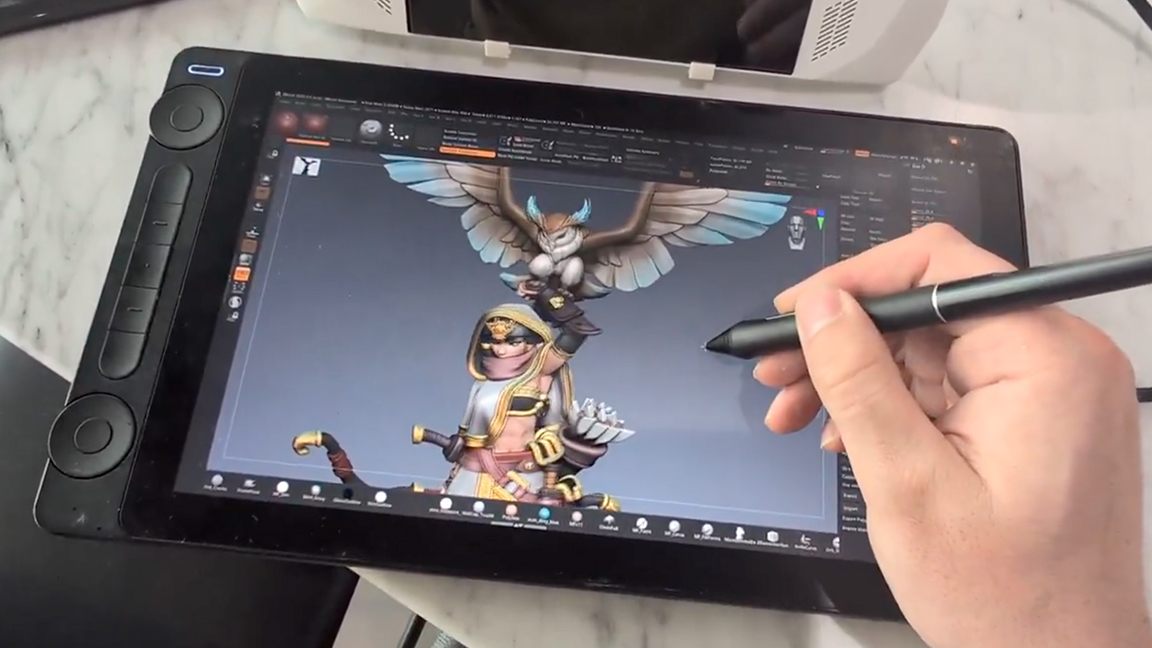
Want the tools for game art and textures but aren't sure where to start? We've interviewed dozens of games artists over the years, and we've also published many tutorials and step-by-step guides for creating game assets, so we've build up a list of options you'll want to consider.
Programs for game art allow artists create key art, environments and characters that are key to game worlds and storytelling. The right choice for you will depend on your workflow and the game you're working on, but our list below should give you a good starting point, whether you want to create 2D concept art, 3D character designs or textures.
You'll probably also want one of the best drawing tablets. And, if you're interested in 3D work in particular, you might want to read our more in-depth guide to the best 3D modelling software.
The best tools for game art and textures

For serious 3D modelling, especially for characters and organic objects, you’ll want to consider ZBrush. This powerful tool provides a tactile approach to 3D modelling by allowing you to sculpt your 3D models like from clay. This allows the creation of more detailed contours and defined features. You can import a basic 3D mesh from another program like 3ds Max and export the finished model back to animate it.
ZBrush does its own renderer, Best Preview Render, and there's now ZBrush for iPad, allowing more portable work. As we note in our review, this program can be difficult to learn, and the UI is a maze, but ZBrush has an incredible sculpting toolset, can handle millions of polys with ease If you want to model characters for games, this is our top choice.
Read more: ZBrush review
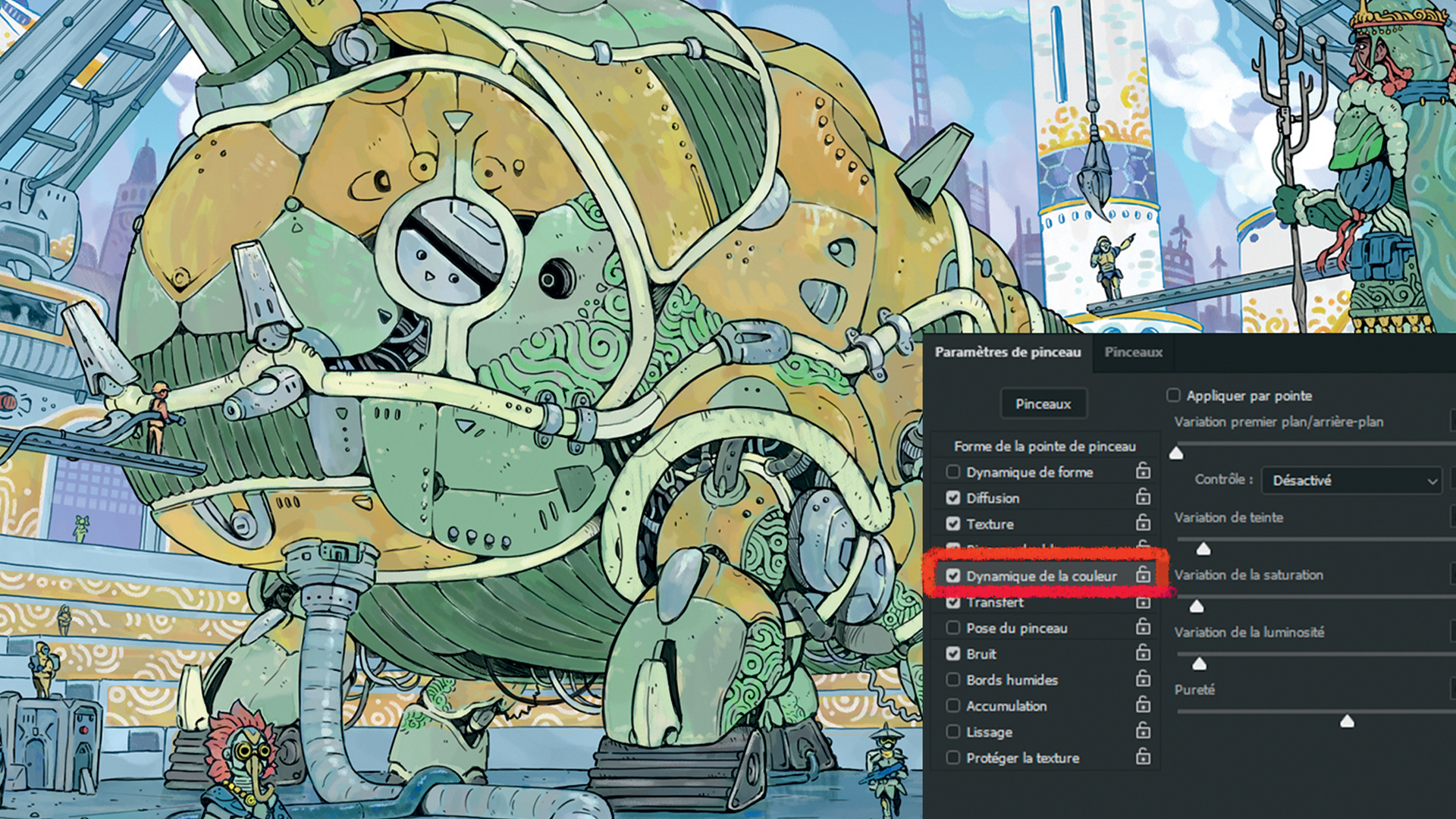
Photoshop might not be most known for its use in game art, but it's dominated all forms of image creation for years, and gaming isn't an exception. Photohop's comprehensive toolkit makes it a great option for creating 2D assets like sprites, UI elements and texture maps for 3D models, as well as for general image editing and manipulation for concept art, key art and environments.
It's safe to say that as a game artist you'll still be expected to be familiar with Photoshop. The downside is Adobe's subscription model, but you can look out for Creative Cloud discounts.
See our piece on how to create key art for video games in Photoshop for some tips on using the software. For a free alternative, you might want to try Krita, which is a solid option for drawing and painting, and can also do pixel art drawing and some animation.
Read more: Photoshop review

3ds Max is the industry-standard software for creating and animating 3D models, and it tops our pick of the best software for 3D modelling. While ZBrush is great for detailed organic sculpting, 3ds Max excels at hard surface modeling and animation. It uses both direct manipulation and procedural modelling techniques, and it has a huge library of different modifiers that can make the modelling process easier for new or intermediate artists.
As well as 3ds Max, Autodesk’s also makes Maya. Which you use may come down to personal preference, but we find that 3ds Max tends to be used more in the game industry and May in the animation industry (see our guide to the best animation software). Maya does have the advantage of native Linux and Mac versions, which 3ds Max doesn't.
Read more: 3ds Max review and Maya review.
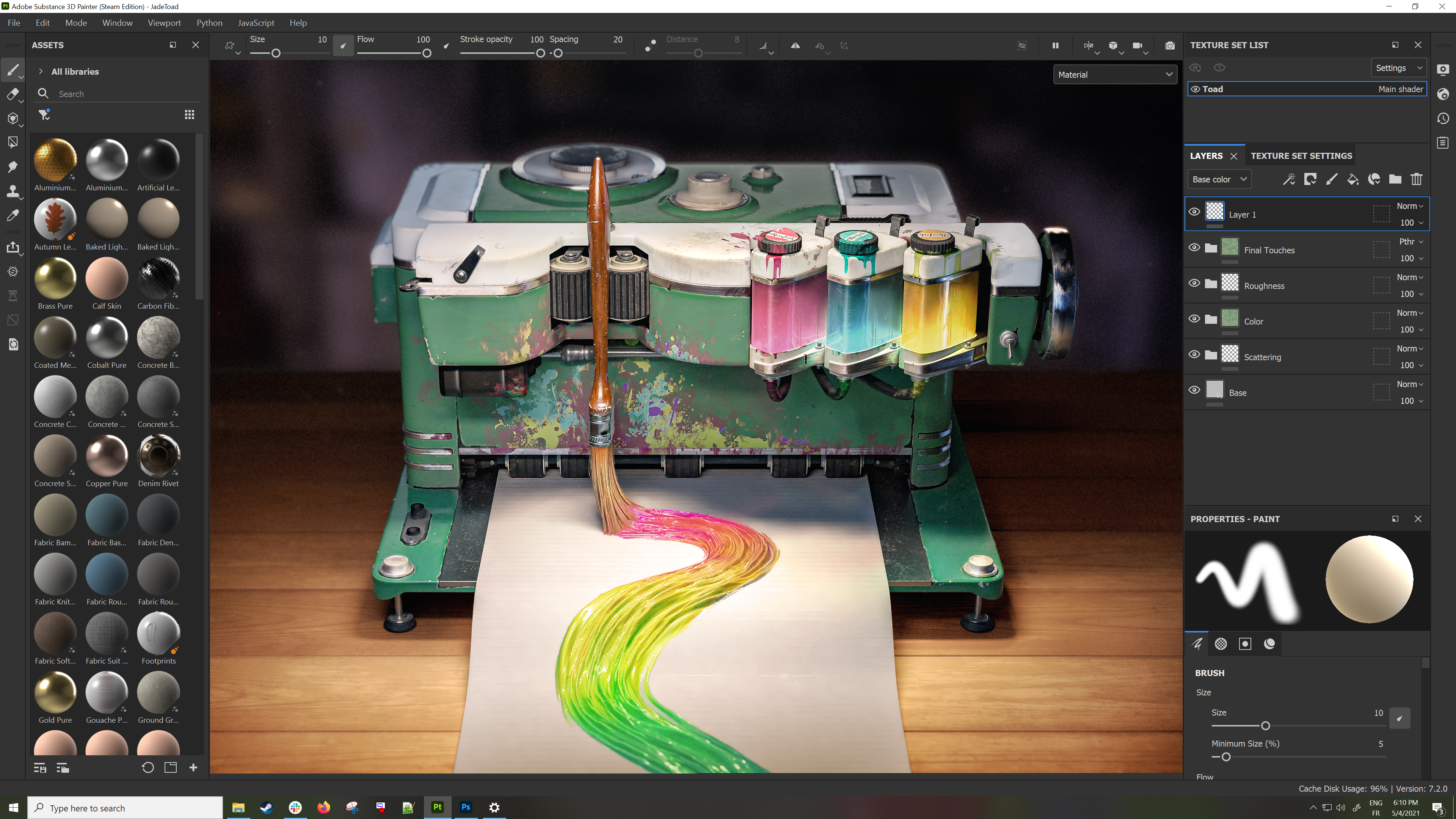
Part of the Adobe's Substance 3D suite, this tool for game art is an essential for creating realistic texture work. As a painting tool for 3D model surface imaging, it has become the industry standard and provides a real-time interface for applying textures to meshes.
This interactive approach allows means you can experiment with settings to garner desired results for a wonderfully streamlined process. It's also steamlined for working with other Adobe products, including the rest of the Substance 3D package. Illustrator files can be dragged and dropped into either the 3D or 2D views and manipulated as you require, with any changes automatically updated in Painter without the need to export to a separate file. It's just a shame it's priced separately from Creative Cloud.
Read more: Substance 3D Painter review
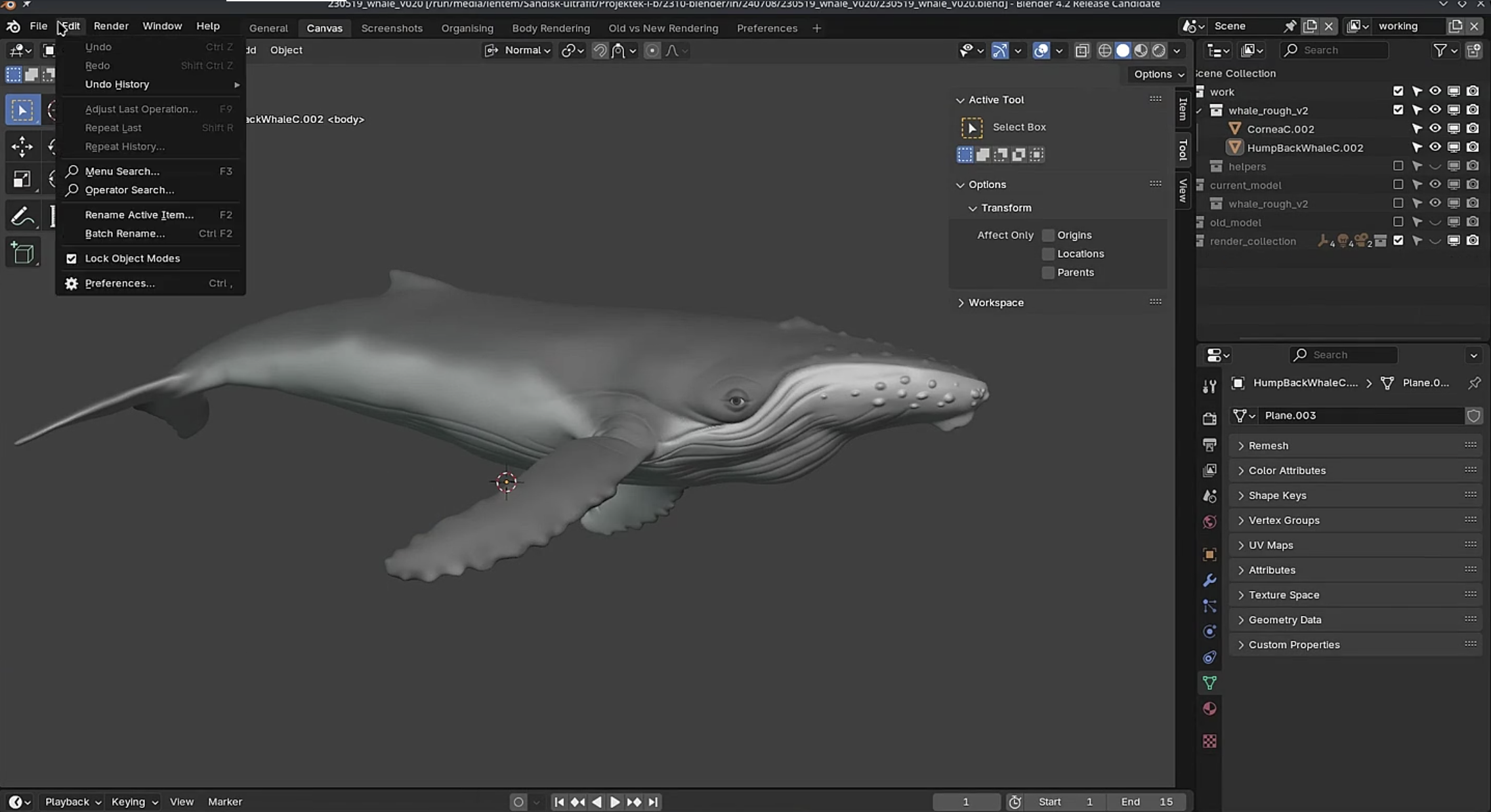
Blender is a free open-source 3D modelling and animation program that's become a very viable alternative to expensive software options. From indie developers to those working on AAA titles, it's a great option for creating, animating and editing models.
Since it's not an industry-standard tool, Blender still doesn't appear on as many job descriptions as other tools, but this is starting to change as its power becomes more recognised. It's particularly popular for creating low-poly models, and there's an ever-increasing range of add-ons, both free and paid and an active community to learn from.
Read more: Blender review
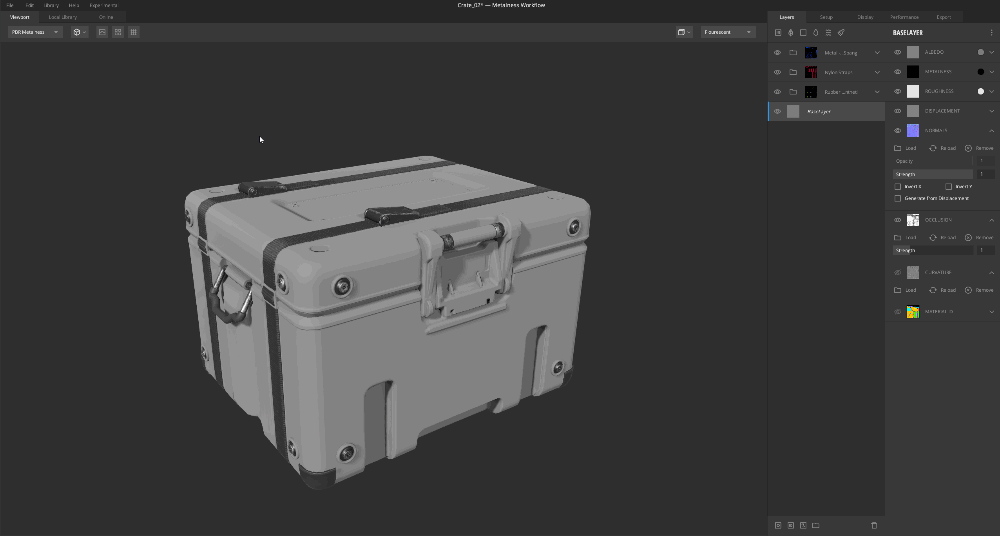
Quixel Mixer is a successor of the Quixel Suite from Epic Games. It's a free-for-ever material mixer for layering materials that has native integration with megascans, Quixel's photo texture scans library. It provides custom channel packing and export features alongside an integration with Quixel Bridge.
Available for Windows and Mac, the standalone app does much of what you could previously do with Suite, and it's fairly intuitive and artist-friendly, making it quick to get the hang of.
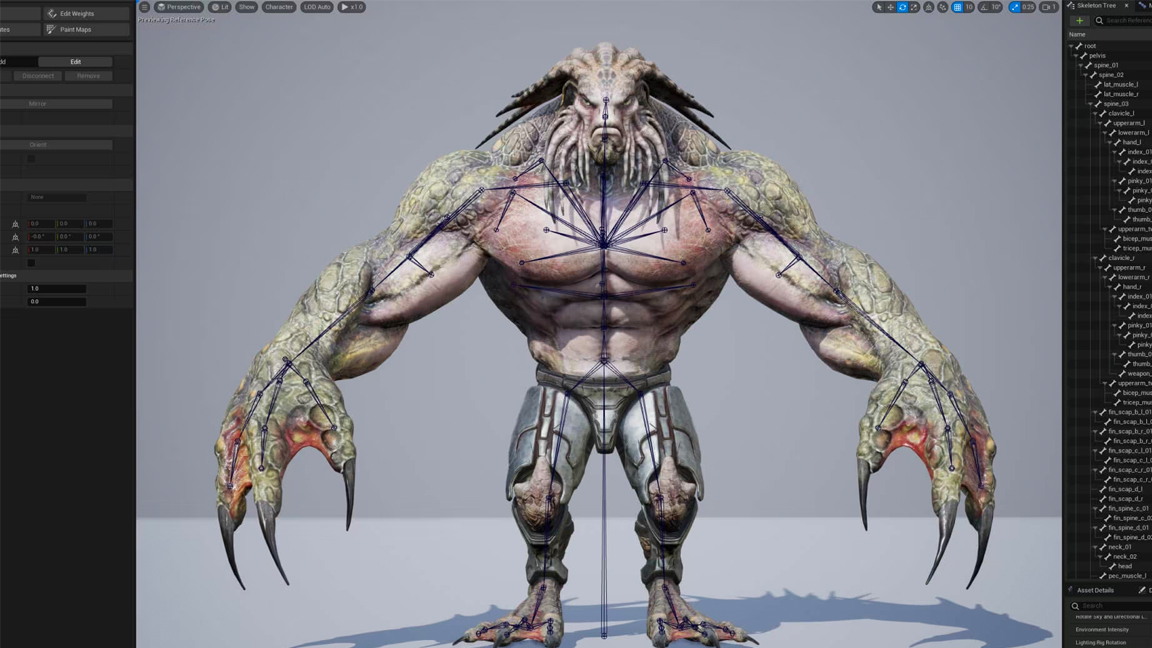
We've looked at the tools for creating game art in 2D and 3D and for adding textures, but what about getting them into a game? Unreal Engine tops our pick of the best game development software, and its increasing popularity, including among major studios, makes it well worth learning for game artists.
While you'll want some familiarity with C++ for making games, you can still create game art or bring your work into Unreal Engine without needing to know how to code. Its visual scripting system Blueprint allows you to create gameplay mechanics, logic, and interactions.
For mobile games, you might want to choose Unity as a widely used and versatile alternative.
Read more: Unreal Engine review.
How to choose the best tools for game art
The best tools for game art for you will depend on the type of game you're making. Is it a 2D or 3D game? And will your game art require animation? Photoshop is the classic choice for 2D art, while ZBrush, Blender and 3ds Max are all excellent 3D programs, each with its own strength.
Blender and 3ds Max are also good options for animation. For texturing and shading to give 3D models a higher degree of realism, Substance 3D Painter and Quixel Suite are the main choices to consider based on our reviews and feedback from industry pros.
You'll also need to make sure the software is compatible with other tools in your workflow and provides the output formats you need, typically PNG files for sprites or tilesets and .OBJ or .FBX for 3D assets.
If you’re a beginner, you may prefer user-friendly interfaces, or to use a program you're already familiar with. And budget will also be a consideration. Blender and Quixel Mixer are free. At the other end of the spectrum, a 3ds Max subscription costs around $2,000 a year.
Another thing to bear in mind is industry relevance. If you're going to take the time to learn a new program, it may make sense to choose one that's widely used in the industry for the type of art you want to work in.
For more advice, see our game art tips, suggestions for reviving game character designs and Anna Hollinrake's video game concept art tutorial.







